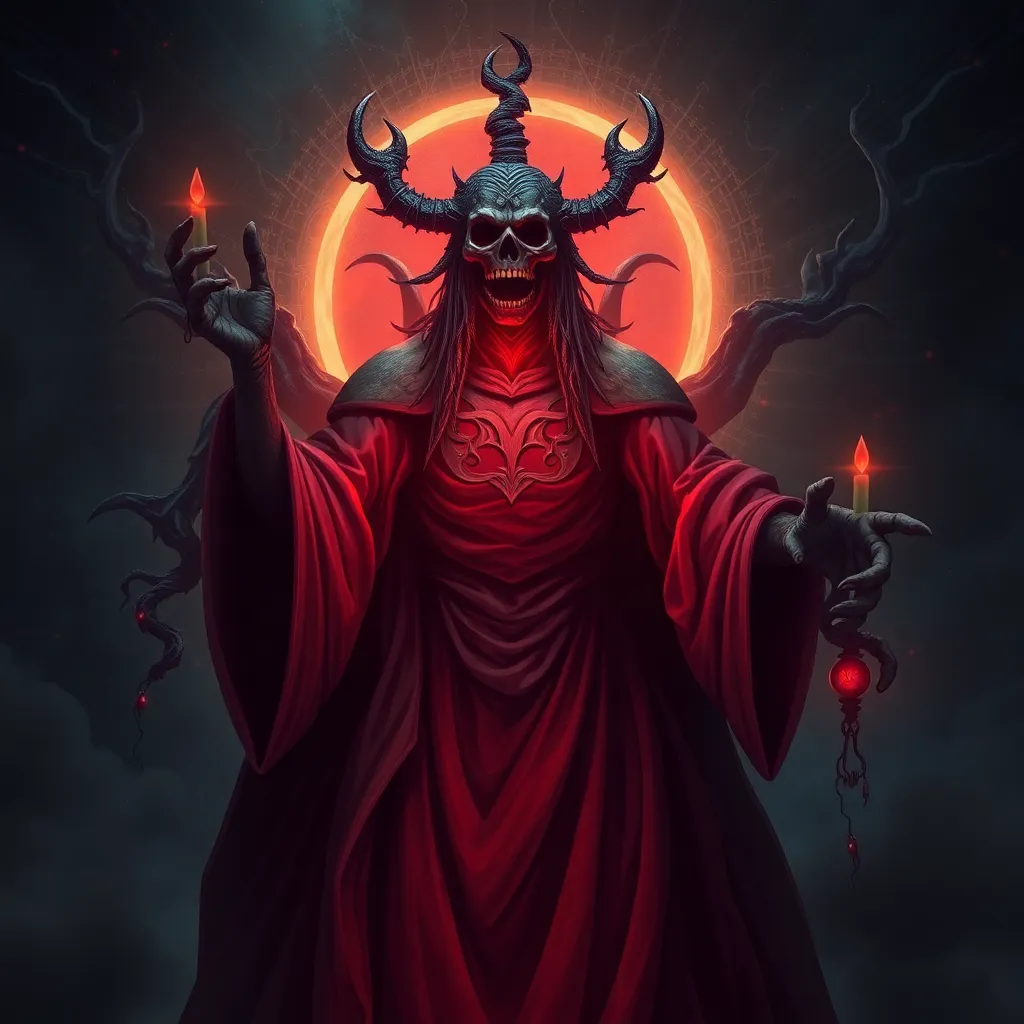The Hauntings of the Past: The Restless Spirits of the Native American Skinwalker
I. Introduction
Skinwalkers are a prominent figure in Native American folklore, particularly among the Navajo tribe. These entities are often described as witches who have the ability to transform into animals or other beings, representing a blend of fear, respect, and mystery within Native cultures.
The significance of Skinwalkers transcends mere superstition; they embody deeper themes of morality, identity, and spirituality within Indigenous communities. This article aims to explore the myths and beliefs surrounding Skinwalkers, their historical context, and their modern implications in society.
II. Historical Context of Skinwalker Legends
The origins of Skinwalker legends are deeply embedded in the traditions of various Native American tribes, particularly the Navajo. These tales often arise from experiences related to witchcraft and the misuse of spiritual powers.
Skinwalker myths carry significant cultural weight, varying not only in their narrative details but also in their implications for tribal identity:
- Some tribes view Skinwalkers as malevolent beings, while others perceive them as misunderstood figures.
- The narratives often serve as cautionary tales, warning against the abuse of power and the consequences of deviating from cultural norms.
These stories influence tribal identity and spirituality, encouraging unity and a shared sense of purpose in the community.
III. Characteristics and Abilities of Skinwalkers
Skinwalkers are described as having both physical and supernatural attributes that set them apart from ordinary beings. They are often portrayed as:
- Witches who possess the ability to transform into various animals.
- Masters of shapeshifting, enabling them to blend into the environment and evade detection.
Common transformations include:
- Wolf
- Coyote
- Eagle
- Bear
Each transformation carries symbolic meaning, often reflecting the attributes of the animal and its significance in Native culture. The role of witchcraft is central to the Skinwalker narrative, often associated with taboo practices and moral corruption.
IV. Skinwalkers in Modern Folklore
The Skinwalker legend has evolved significantly in contemporary storytelling. Modern media representations often sensationalize these figures, portraying them as horror movie villains or supernatural monsters. This shift has impacted public perception in various ways:
- Popular films and television shows have contributed to a distorted view of Skinwalkers, focusing on fear rather than cultural significance.
- Social media has facilitated the spread of Skinwalker stories, leading to a proliferation of urban legends and firsthand accounts.
As traditional beliefs blend with modern horror narratives, it is essential to recognize the importance of maintaining the integrity of Indigenous stories.
V. Real-Life Encounters and Eyewitness Accounts
Numerous individuals claim to have encountered Skinwalkers, sharing their experiences within local communities. Reports vary widely, but common themes emerge:
- Sightings often occur in remote areas, particularly at night.
- Witnesses describe feelings of dread and an overwhelming sense of being watched.
The psychological and cultural factors influencing these accounts are complex, including:
- The deep-rooted fear of the unknown that permeates many cultures.
- The cultural significance of Skinwalkers, which may lead to heightened sensitivity to unusual occurrences.
This intrigue and fear surrounding Skinwalker lore continue to captivate local communities and outsiders alike.
VI. The Spiritual Significance of Skinwalkers
In Native American spirituality, Skinwalkers hold a dual role as both cautionary figures and symbols of transformation. They are often associated with:
- The balance between good and evil, as they can be viewed as both protectors and malevolent forces.
- Healing practices, where the understanding of Skinwalker lore is integrated into community rituals.
The beliefs surrounding Skinwalkers influence community traditions, emphasizing the importance of moral integrity and the consequences of straying from cultural values.
VII. The Ethical Considerations of Discussing Skinwalker Legends
When discussing Skinwalker legends, it is crucial to approach the subject with respect for the cultural narratives and their contexts. Ethical considerations include:
- Understanding the potential for appropriation and misrepresentation in popular culture.
- Acknowledging the importance of cultural sensitivity and the impact of narratives on Indigenous communities.
Encouraging respectful engagement with Native American beliefs fosters a deeper understanding of their significance and promotes cultural appreciation.
VIII. Conclusion
Skinwalker legends are rich in cultural relevance, serving as a lens through which to view complex themes of morality, identity, and spirituality within Native American communities. The enduring legacy of Skinwalkers in modern society reflects the need for continued exploration and respect for Indigenous narratives.
As we delve into these haunting tales, it is essential to approach them with an open heart and a commitment to honoring the voices and traditions of Native American cultures.



